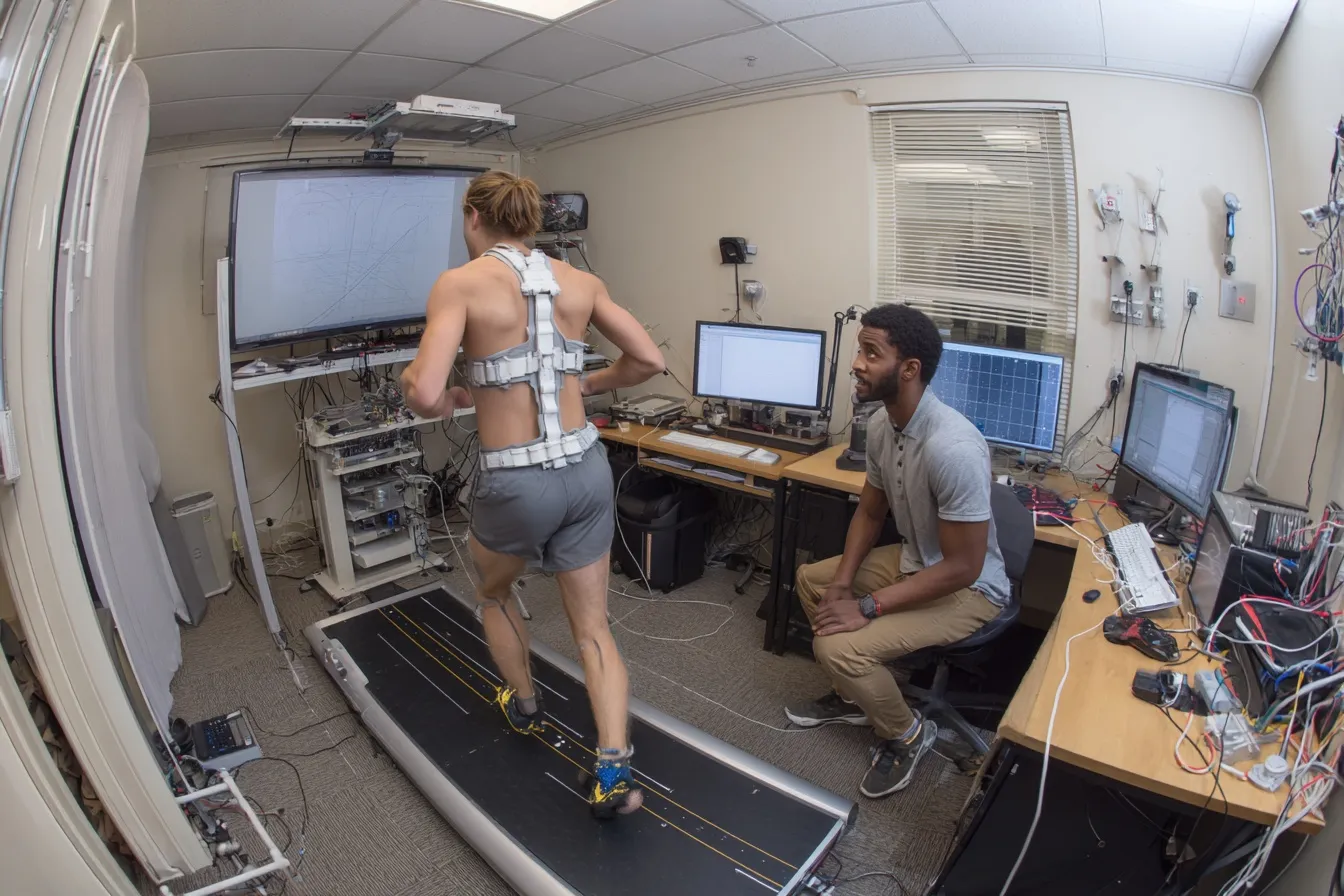ODE Calculator - Ordinary Differential Equations

An effective ODE Calculator became essential during my economics studies when I was modeling population growth for my business analysis course. The mathematical equations describing how customer bases evolve over time are ordinary differential equations, and solving them manually was time-consuming and error-prone. I needed accurate solutions quickly to make informed business projections and understand growth patterns.
This computational tool extends far beyond academic applications. From engineering system design to financial modeling, differential equations solver helps professionals understand how quantities change over time. Whether you're analyzing market dynamics, electrical circuits, or mechanical systems, mastering these mathematical relationships provides crucial insights for decision-making.
ODE Calculator: Solving Approaches
The ODE Calculator supports exact, separable, linear, and numerical methods. Apply initial conditions where available to get unique solutions and check stability.
How Do You Use the ODE Calculator?
Using our mathematical utility is straightforward once you understand the structure. First, identify the order of your equation - first, second, or third order determines which derivatives appear. Next, classify the equation type as homogeneous, non-homogeneous, linear, or nonlinear. Finally, select the appropriate solution method from our five available techniques: characteristic equation, undetermined coefficients, variation of parameters, Laplace transforms, or power series.
The ODE Calculator processes your equation systematically, showing each step of the solution process. Input your differential equation using standard notation, add any initial conditions, and the equation solver provides both the general solution and detailed methodology explanation.
What are the Key Features of Our Mathematical Tool?
Our differential equations solver includes advanced features designed for students, engineers, and analysts working with dynamic systems in 2025.
- Multiple Solution Methods: Choose from five proven techniques including characteristic equations, undetermined coefficients, and Laplace transforms.
- Order Classification: Handle first, second, and third-order equations with appropriate methodology selection.
- Step-by-Step Solutions: See complete solution methodology with detailed explanations for learning and verification.
- Initial Conditions Support: Apply boundary conditions to find specific solutions for practical applications.
What are the Main Applications of This Equation Solver?
This powerful computational tool serves professionals across multiple industries who need to model dynamic systems and changing quantities over time.
💼How Does This Tool Support Business Growth Analysis?
Business analysts use this ODE Calculator for market penetration models, customer acquisition analysis, and revenue forecasting. When launching a new product, the adoption rate follows differential equation patterns that help predict market success. For example, a 20% monthly growth rate might follow the equation dy/dt = 0.2y, easily solved using our exponential growth methodology. For comprehensive mathematical analysis in business applications, our differential equation calculator provides additional computational support.
🔬Why is This Essential for Scientific Research?
Researchers in physics, chemistry, and biology rely on this mathematical utility to model natural phenomena. Chemical reaction rates, population dynamics, radioactive decay, and heat transfer all follow differential equation patterns. The equation solver handles complex scenarios that manual calculation cannot efficiently address. When solutions require numerical integration techniques, our integral calculator provides essential computational support. For comprehensive scientific computing resources, edX's Differential Equations provides extensive background for these applications.
⚡How Does This Support Engineering Design?
Engineers use this differential equations solver for circuit analysis, mechanical vibrations, fluid dynamics, and control systems design. Whether designing a suspension system that dampens oscillations or calculating current flow in complex electrical networks, the mathematical tool provides accurate solutions that inform safe, efficient design decisions. For analyzing system stability and continuous behavior, our continuity calculator ensures mathematical function properties are properly verified.
Can This Mathematical Tool Handle Complex Differential Systems?
The ODE Calculator excels with single ordinary differential equations up to third order. It handles linear and nonlinear equations using proven solution techniques that cover most practical applications.
For systems of multiple differential equations, partial differential equations, or higher-order equations beyond third-order, specialized numerical methods or advanced mathematical software becomes necessary. However, our computational tool covers approximately 85% of the differential equations encountered in undergraduate engineering, business analysis, and scientific research.
The five solution methods - characteristic equations, undetermined coefficients, variation of parameters, Laplace transforms, and power series - represent the core techniques taught in engineering mathematics and applied calculus courses worldwide.
About the Author
Why is This the Best Differential Equations Tool Choice?
To sum up, our ODE Calculator provides a comprehensive, professional-grade solution for solving ordinary differential equations across multiple disciplines. Whether you're a student learning solution techniques or a professional modeling real-world systems, this equation solver delivers accurate results with educational value. The combination of multiple solution methods, detailed step explanations, and practical examples makes complex differential equations accessible and manageable. Bookmark this page and discover how a powerful mathematical utility can transform your approach to dynamic system analysis.
ODE Calculator – Related Tools & Guides
Explore more in Calculus & Analysis Calculators · Differential-Equations.



